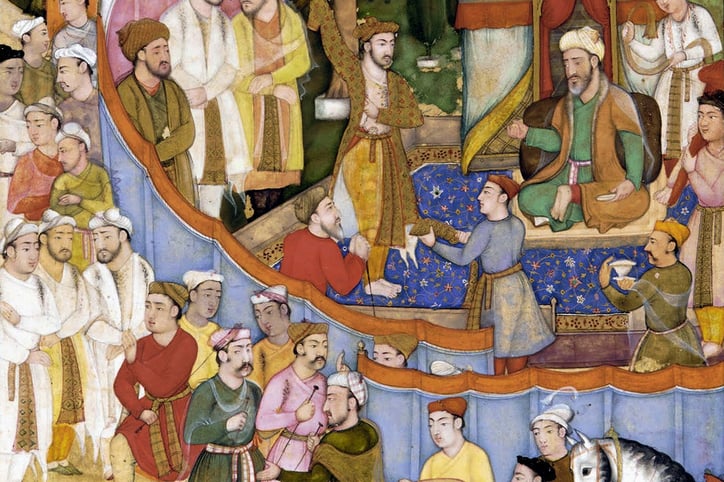The Bengal Subah, also known as Mughal Bengal, was a subdivision of the Mughal Empire encompassing much of the Bengal region, which includes modern Bangladesh and the Indian state of West Bengal, between the 16th and 18th centuries. The state was established following the dissolution of the Bengal Sultanate, a major trading nation in the world, when the region was absorbed into one of the gunpowder empires. Bengal was the wealthiest and industrially the most developed place in the world and having waved the proto-industrialization, its economy showed signs of Industrial revolution.
Mughal Bengal has been described as the “Paradise of Nations”, and its inhabitants’s living standards and real wages were among the highest in the world. Worth 12% of the world’s GDP, it alone accounted for 40% of Dutch imports outside the European continent. The eastern part of Bengal was globally prominent in industries such as textile manufacturing and shipbuilding, and it was a major exporter of silk and cotton textiles, steel, saltpeter, and agricultural and industrial produce in the world. Its capital Jahangir Nagar, today’s modern Dhaka, had a population exceeding a million people. By the 18th century, Mughal Bengal emerged as a quasi-independent state, under the Nawabs of Bengal, and already observing the proto-industrialization, it made direct significant contribution to the first Industrial Revolution (substantially textile manufacture during the Industrial Revolution).
